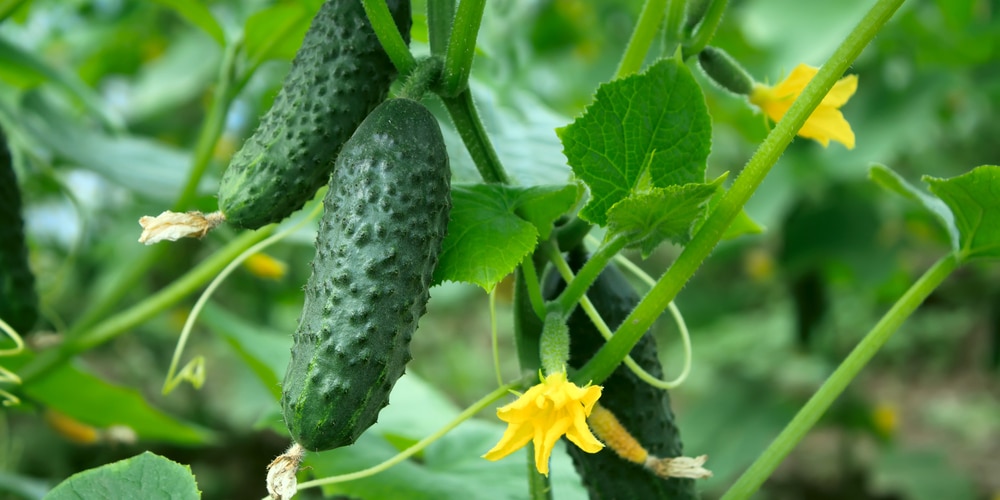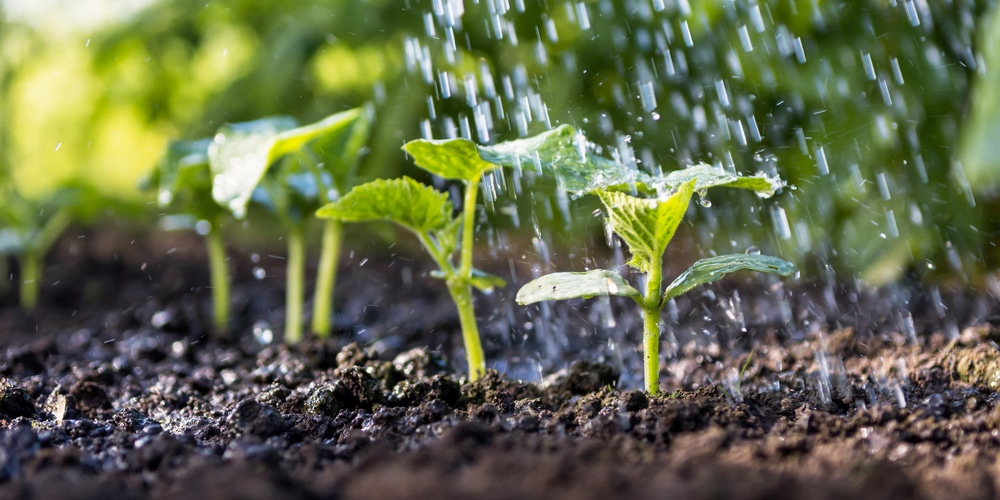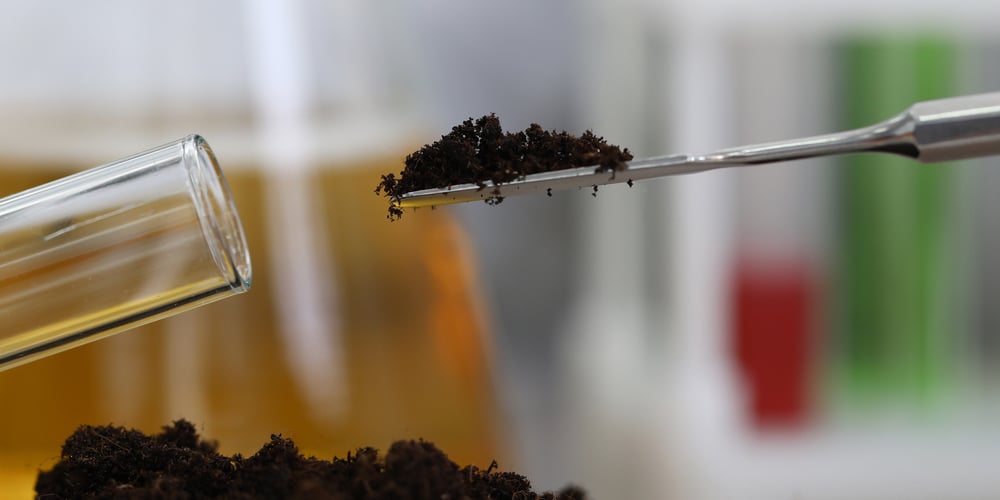If you’re looking for a way to add some freshness to your meals, look no further than cucumbers! These crunchy veggies are a great addition to salads, sandwiches, and more. But before you can enjoy homegrown cucumbers, you need to make sure your soil is suitable for them. In this blog post, we will discuss the soil pH for cucumbers and provide tips on how to grow crisp and delicious veggies!
How to Grow Crisp and Crunchy Veggies in Your Garden
Cucumbers are the way to go if you’re looking for a crunchy, juicy, and sweet vegetable to grow in your garden. They make great additions to salads, sandwiches, and juices. Delicious! You can choose from many varieties of cucumbers, so you must select carefully based on taste, appearance, and growth time.
Cucumbers are warm-weather vegetables that can be grown in pots or garden beds. They require full sun for at least six hours per day, well-drained soil with lots of organic matter, and consistent watering to maintain moist conditions. The best time to plant cucumber seeds is after the last frost. They are quite hardy and can tolerate temperatures between 50-90F, with the ideal being 70-75 F.
Soil pH for Cucumbers
The soil requirements for cucumbers are simple: well-drained, loose soil with lots of organic matter. Cucumber plants do best in sandy loam soils because they promote good drainage and retain moisture more effectively than clay or silt soils. Before planting seeds or transplants, the pH should be neutral to slightly acidic (between 5.2 and 8).
To make sure your cucumber plants have all they need to thrive, apply a layer of mulch around the base of the plants after planting. This will help conserve moisture in the soil and keep down weed growth. Keep the soil around the plants moist but not wet; overwatering can cause cucumbers to rot.
Types of Soil Amendments
If your soil is not well-drained, you can amend it by adding organic matter. This will help to loosen the soil and improve its water-holding capacity. The best way to add organic matter is by using a compost tea or compost amendment. You can also add organic matter in the form of manures (animal or green), cover crops, or crop residues.
Another way to improve the drainage of your soil is by adding sand. However, be sure to add only a tiny amount or end up with soil that is too sandy and does not retain water well. If your soil is heavy and poorly drained, you can add vermiculite or perlite to improve drainage while still retaining some moisture.
Testing Your Soil
Before you plant cucumbers, it’s a good idea to test the soil in your yard. That way, you can ensure that the earth is acidity and pH balanced for what your specific plants will need. Nitrogen levels are also significant. A healthy garden needs an abundance of nitrogen for photosynthesis and protein production within the plant.
You can purchase a testing kit at most garden centers, or you may be able to pick one up from your local extension office. You’ll want to test the soil three times during the growing season. Once before planting, once in mid-season, and again near harvest time. This will allow you to make any adjustments to the soil that may be necessary.
Adjusting the pH Level of Your Soil
If your soil tests show that the pH level is not within the proper range, you can remedy this by using an appropriate additive. For example, if your soil’s acidity levels are too high, add lime to balance it out. If it’s too low, add sulfur. Recheck the soil after adding an additive to see if it made a difference.
You can also adjust the pH level naturally by planting crops that have different acidity requirements in rotation with each other from year to year. For example, planting potatoes one year and then cucumbers the next will keep your soil balanced for both plants.
Soil pH for Cucumbers: Final Thoughts
When it comes to soil requirements for cucumbers, the most important thing is that the soil is well-drained and has plenty of organic matter. You can test your soil’s pH level and nitrogen levels and then adjust them as necessary. Be sure to add a layer of mulch around the plants after planting to help conserve moisture and keep down weed growth. Keep the soil moist but not wet; overwatering can cause cucumbers to rot. With a little bit of TLC, your cucumber plants will be producing crisp, delicious veggies in no time!


